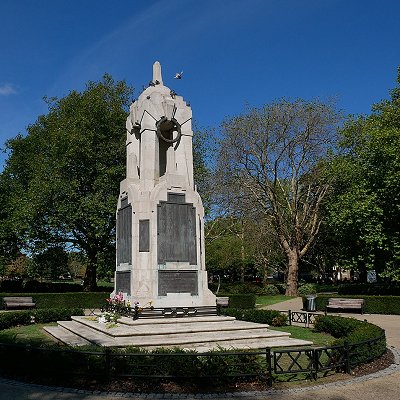
Like us on Facebook
PLACE NAMES


 
|
|
East Ham
|

| |
The first known written use of the term, as 'Hamme', is in an Anglo-Saxon charter of 958, in which King Edgar granted the Manor of Ham, which was undivided at that time, to Ealdorman Athelstan. A subsequent charter on 1037 describes a transfer of land, which has been identified with East Ham, indicating that the first division of the territory occurred between 958 and 1037.
The place name derives from Old English 'hamm' and means 'a dry area of land between rivers or marshland', referring to the location of the settlement within boundaries formed by the rivers Lea, Thames and Roding and their marshes. North Woolwich seems likely to have been removed from Ham in the aftermath of the Norman Conquest.
The earliest recorded use of the name East Ham, as distinct from Ham or West Ham, is in 1204 as EstHam; the terms East and West Ham applying to Ancient parishes in place by the end of the 12th century.
There are many green spaces in the otherwise bustling and urbanised area of East Ham. The graveyard of the Norman St Mary's church, is maintained as a nature reserve, the largest of its kind in Greater London. Central Park (Central Park Road) and Plashet Park (Plashet Grove) are the two largest parks in East Ham, and both combine open space with playgrounds and cafés. There are also smaller play areas and parks, including Priory Park (Grangewood Street) and Flanders Field, where England football captain Bobby Moore played as a child during the late 1940s and early 1950s. Flanders Fields is currently the home ground of Flanders FC and other is used by Bonny Downs Community Association (BDCA) and other community groups.
Much of the area is part of the E6 postal district, though post codes are not intended to define districts.
|
 Feel free to Email me any additions or corrections Feel free to Email me any additions or corrections
LINKS AVAILABLE TO YOUR SITE
| |





